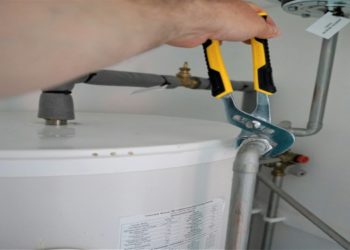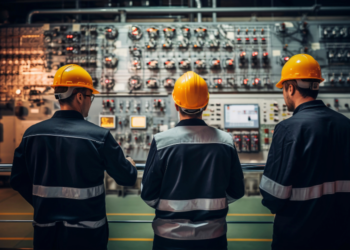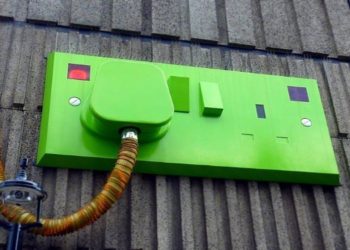The global shift towards sustainability is driving significant changes across all sectors, particularly in industrial automation. As industries seek to reduce their carbon footprints and increase energy efficiency, green energy trends are becoming integral to their operational strategies. This movement is not just about adopting renewable energy sources; it’s about transforming processes to be smarter, more efficient, and less dependent on traditional energy inputs. This article explores five key green energy trends in industrial automation, emphasizing how technologies like servo controllers are pivotal in implementing these environmentally friendly innovations.
1. Renewable Energy Integration
The most direct approach to greening industrial automation is integrating renewable energy sources such as solar, wind, and hydroelectric power into manufacturing processes. More factories and production plants are installing solar panels and wind turbines to power operations, significantly reducing reliance on fossil fuels. This trend is facilitated by advancements in energy storage technologies, such as batteries and thermal storage, which help overcome the intermittent nature of renewable energy sources.
Servo controllers play a critical role in this integration by ensuring that machinery operates optimally using variable power supplies from renewable sources. For example, servo controllers can adjust the operation of machines based on the availability of solar power throughout the day, maintaining productivity without compromising on energy efficiency.
2. Energy-Efficient Equipment and Machinery
Upgrading to high-efficiency equipment is another trend in the green transformation of industrial automation. New generations of machines and tools are designed to use less energy while maintaining or improving performance levels. This includes everything from LED lighting systems in factories to advanced HVAC systems that use AI to minimize energy consumption.
In this context, servo controllers are essential for energy efficiency. These devices precisely control the motion of motors in industrial equipment, reducing unnecessary movements and optimizing the speed and torque of motors according to real-time demand. This not only conserves energy but also reduces wear and tear, extending the lifespan of machinery.
3. Smart Grids and Microgrids
Smart grids and microgrids represent a significant shift in how energy is managed in industrial settings. These systems use digital communication technology to control the distribution and use of electricity more efficiently, often incorporating renewable energy sources. Microgrids, in particular, can operate independently from the main power grid, providing reliability and energy security for industrial facilities.
Industrial automation systems, including those controlled by servo controllers, can be integrated into smart grids and microgrids to enhance their functionality. For example, during peak demand times on the main grid, a factory could automatically switch to its microgrid, utilizing stored solar energy or temporarily reducing the demand by adjusting the settings on servo-controlled machines.
4. Process Optimization Using AI and Big Data
Artificial intelligence (AI) and big data are revolutionizing how industries manage and use energy. By analyzing large datasets collected from various sensors and systems, AI algorithms can identify patterns and make real-time decisions to optimize energy use. This might involve dynamically adjusting the operations of machines based on the current energy demand and supply status, or improving maintenance schedules to ensure machines operate at peak efficiency.
Servo controllers integrated with AI technologies can significantly enhance the precision of these adjustments, optimizing the energy use of motors and drives without human intervention. This ensures that machines only use the energy they need, when they need it, reducing waste and enhancing overall energy efficiency.
5. Regenerative Energy Systems
Regenerative energy systems in industrial automation capture energy that would otherwise be wasted and reuse it. For example, regenerative braking systems in electric and hybrid vehicles convert the kinetic energy typically lost during braking into electrical energy that can be reused to charge the battery. Similar technologies are being developed for use in manufacturing and other industrial operations.
Servo controllers are integral to these systems as they control the motor functions necessary for capturing and converting energy. By precisely managing the motors during processes that can generate excess energy, servo controllers ensure maximum energy capture, which can then be redirected back into the system or stored for later use.
Conclusion
The adoption of green energy trends in industrial automation is not just an environmental necessity but also a strategic business move towards greater efficiency and sustainability. By integrating renewable energy sources, upgrading to high-efficiency equipment, utilizing smart grids, applying AI for process optimization, and implementing regenerative energy systems, industries can significantly reduce their environmental impact while improving productivity and reducing operational costs. Servo controllers like the DKC22.3-040-7-FW, with their ability to ensure precise and efficient control, are crucial in the deployment of these green technologies, making them a key component in the sustainable transformation of industrial automation. As these trends continue to evolve, they will likely become standard practices, shaping a greener, more sustainable industrial future.













































































